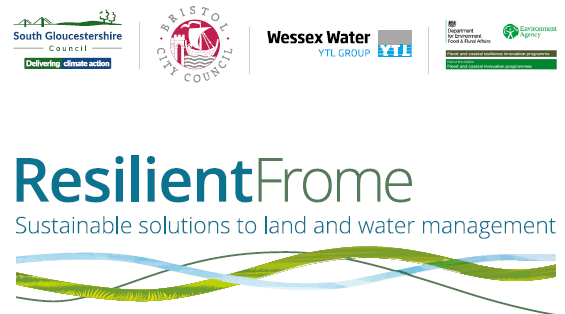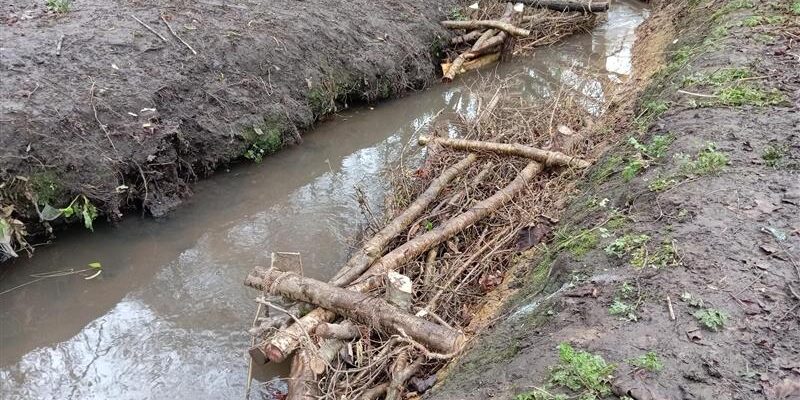In February 2025, we successfully completed a series of Natural Flood Management (NFM) interventions within the Bristol Frome Catchment, delivered through the ‘Resilient Frome’ project. These works are designed to restore more natural flow patterns in heavily modified urban tributaries and implement nature-based flood management solutions across North Bristol.

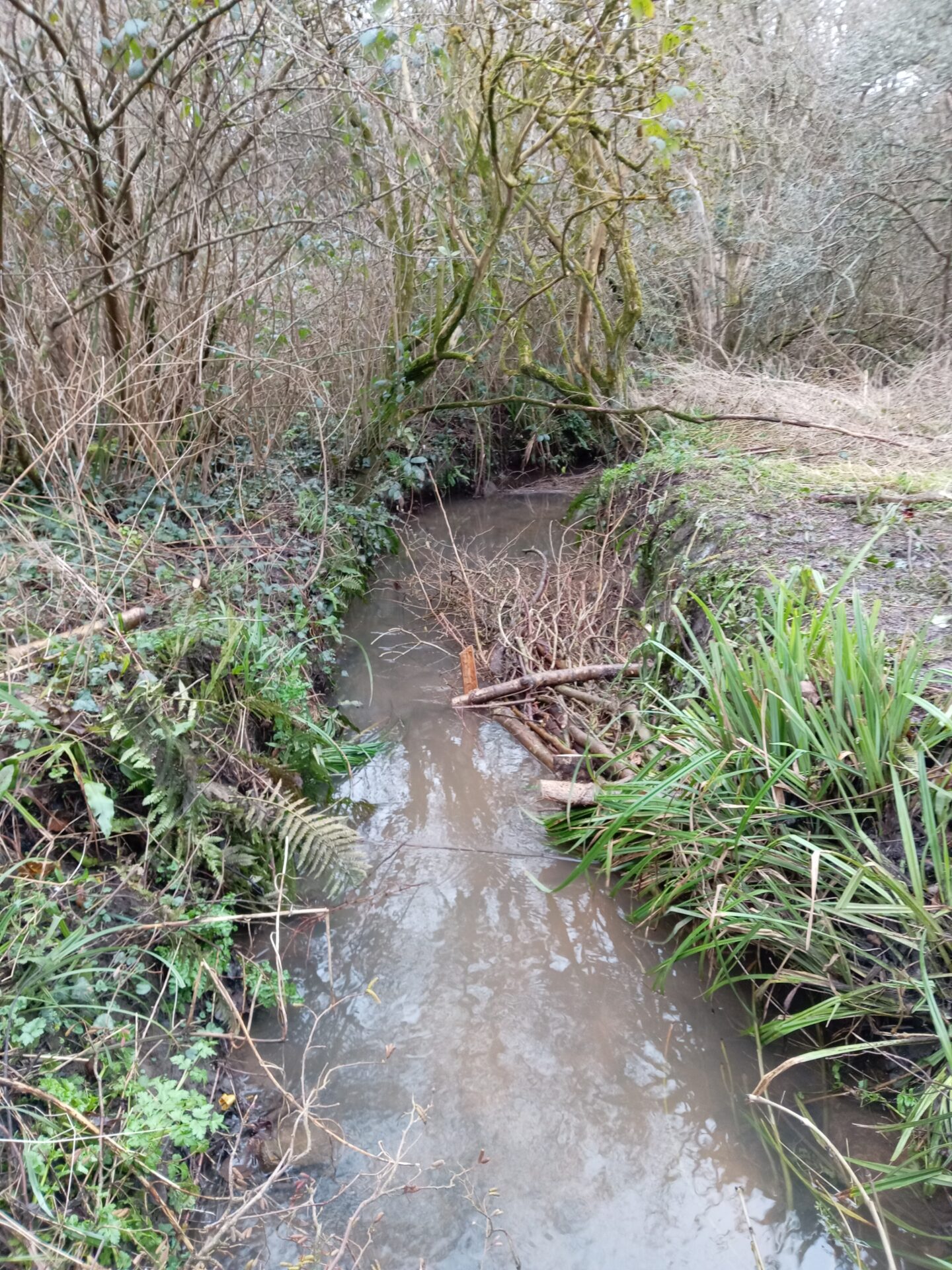
The Bristol Frome is a diverse catchment spanning both rural and urban areas, including the neighbourhoods of North Bristol, Winterbourne, Frampton Cotterell, and Yate. Much of the catchment is currently classified as having ‘Poor’ or ‘Moderate’ ecological status under the Water Framework Directive. The river is also highly responsive to rainfall, with intense storms often causing rapid rises in water levels—particularly in its lower reaches—leading to flooding in areas such as Snuff Mills.
Despite these challenges, the Bristol Frome catchment is home to much-loved green spaces like Three Brooks Nature Reserve and Leap Valley. These areas are cared for by dedicated local conservation and community groups, and offer vital opportunities for nature connection and outdoor recreation for residents across Greater Bristol.
Natural flood management solutions provide the perfect opportunity to tackle these complex solutions all-in-one. At Leap Valley and Three Brooks Nature Reserve, we installed a series of woody berms within the channel, these work with the river aim to encourage a more meandering route, creating areas of scour, important for breeding fish and invertebrates and a slow moving backwater behind them which is a refuge for a wide variety of wildlife in the channel. The berms themselves will also silt up and be colonised by vegetation, providing space for riparian plants in stretches of urban streams that are often otherwise too narrow. Increasing the complexity of the channel by using a series of berms to encourage the channel to wiggle which slows the flow of the water as it travels downstream. This means that the water takes a longer time to get from A to B.
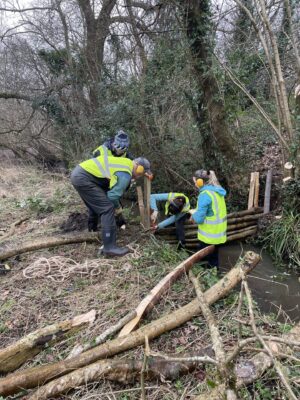
We also installed ‘leaky dams’ in Leap Valley, corresponding with an area of wetland which in recent years has been struggling to stay wet enough to maintain its wetland vegetation. These leaky dams consist of staked large logs across the river channel. The large logs are set at a height to allow the base flow underneath, to allow unimpeded flow and fish passage during normal conditions. However, when it rains and river levels rise, they hold back water and encourage water to spill out onto the floodplain and local wetland area wetland, increasing flood storage and maintaining suitable moisture levels in the wetland. Installation took a lot of help from our amazing volunteers who came out rain or shine, to help us. Many were also local to these sites, who are keen to help improve their blue-green spaces.
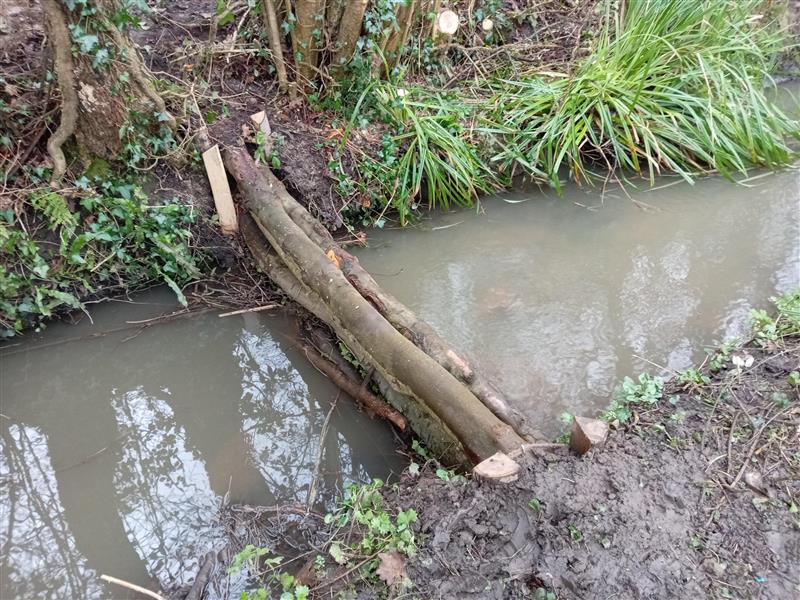
We look forward to seeing how these structures perform in the next few years, but the results are already encouraging. Over the following week we saw that some of the berms have already begun to silt up and expose gravels within the channel, as well as the leaky dams successfully causing some water to spill into the adjacent floodplain during a brief high flow event.
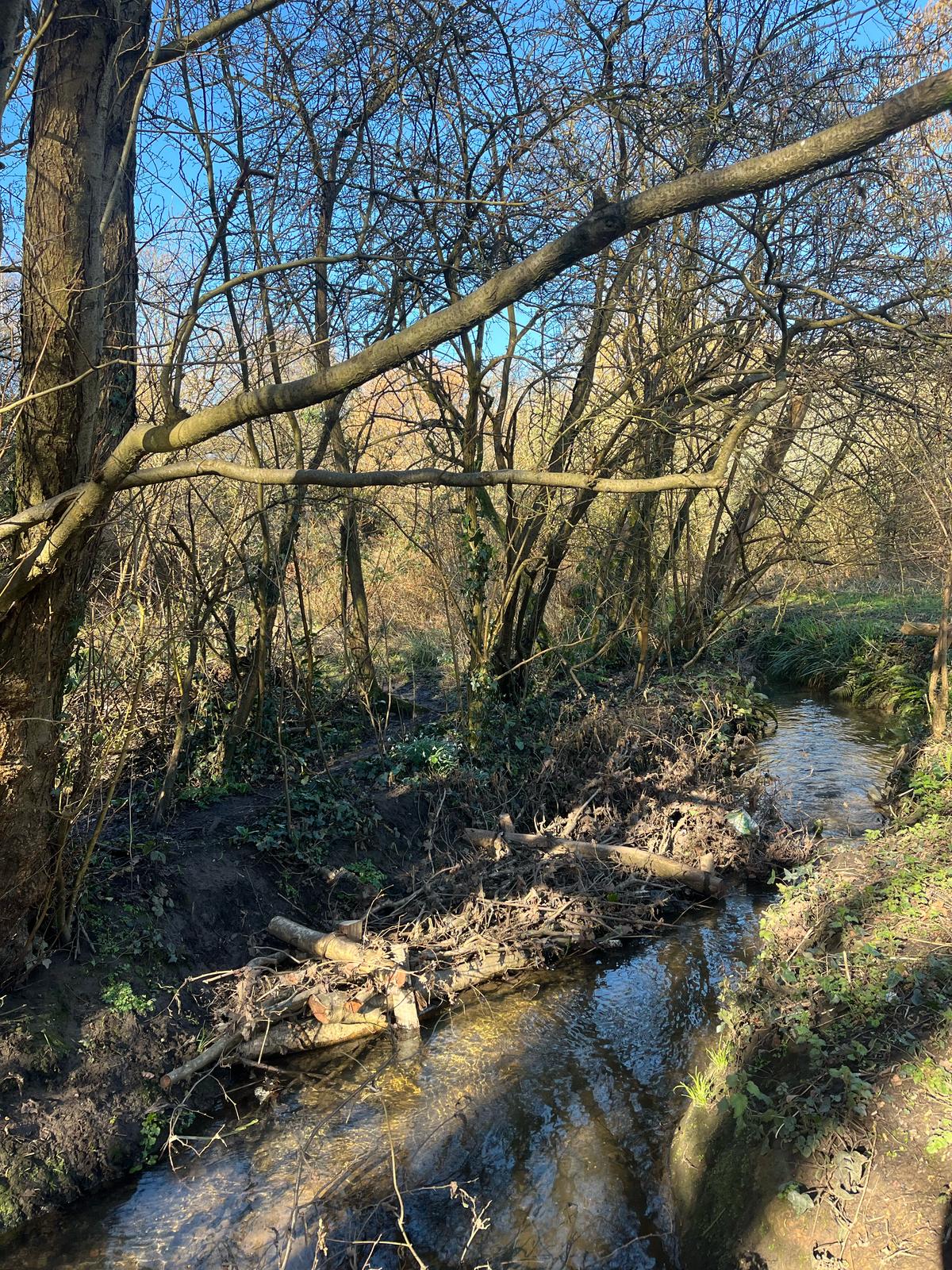
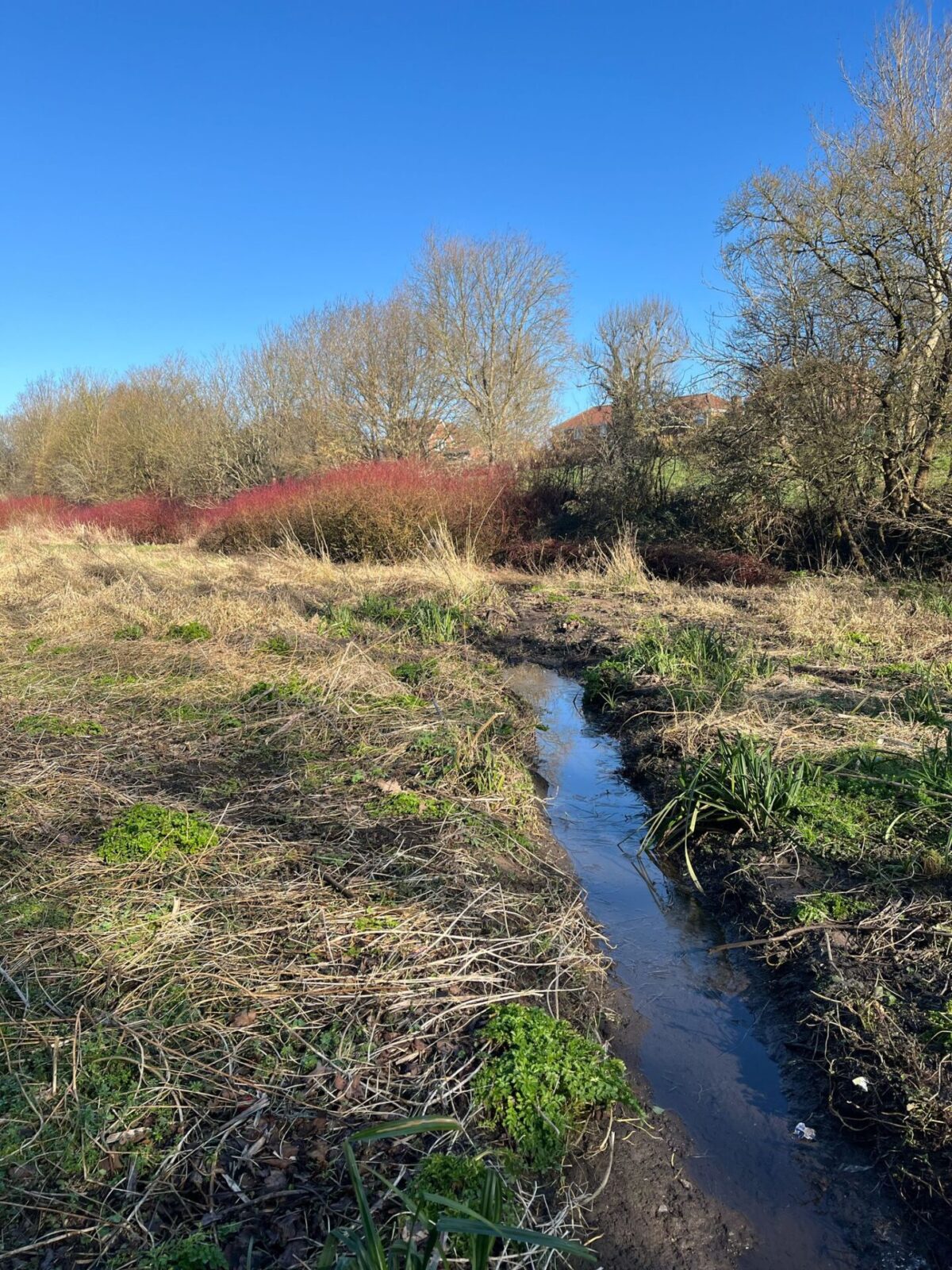
This project is funded by Defra as part of the £200m Flood and Coastal Innovation Programme which is managed by the Environment Agency. The programme will drive innovation in flood and coastal resilience and adaptation to a changing climate.
Thank you to the Three Brooks Nature Conservation Group, Friends of Leap Valley, South Gloucestershire Council and Babmington road Methodist Church for working with us on this project.
